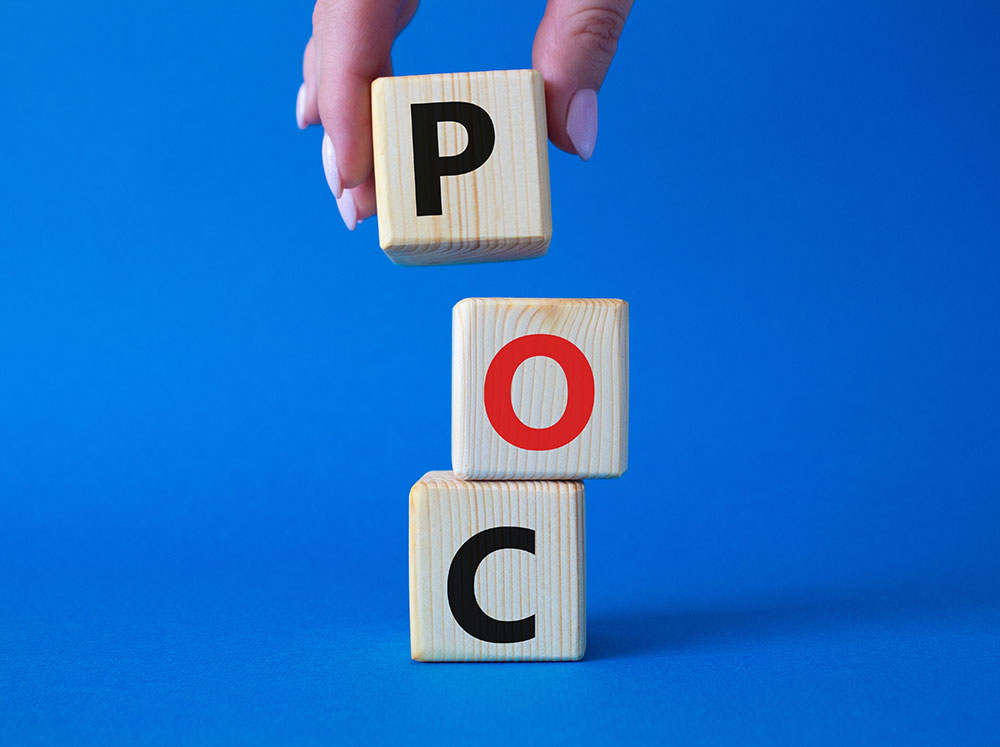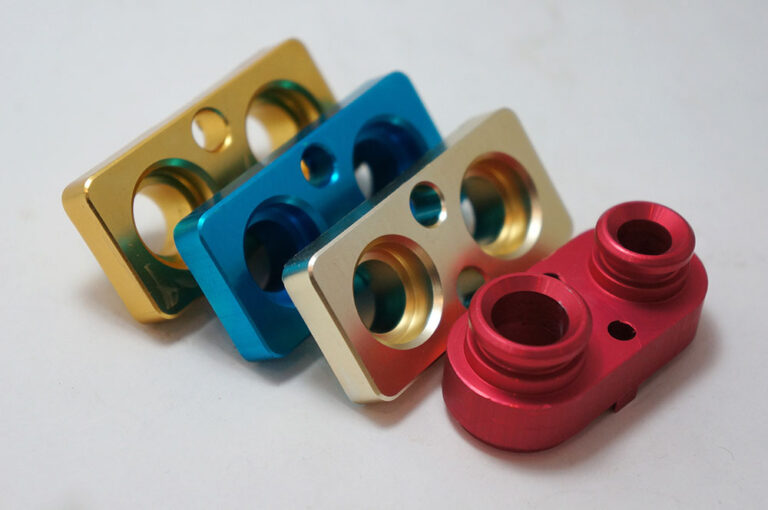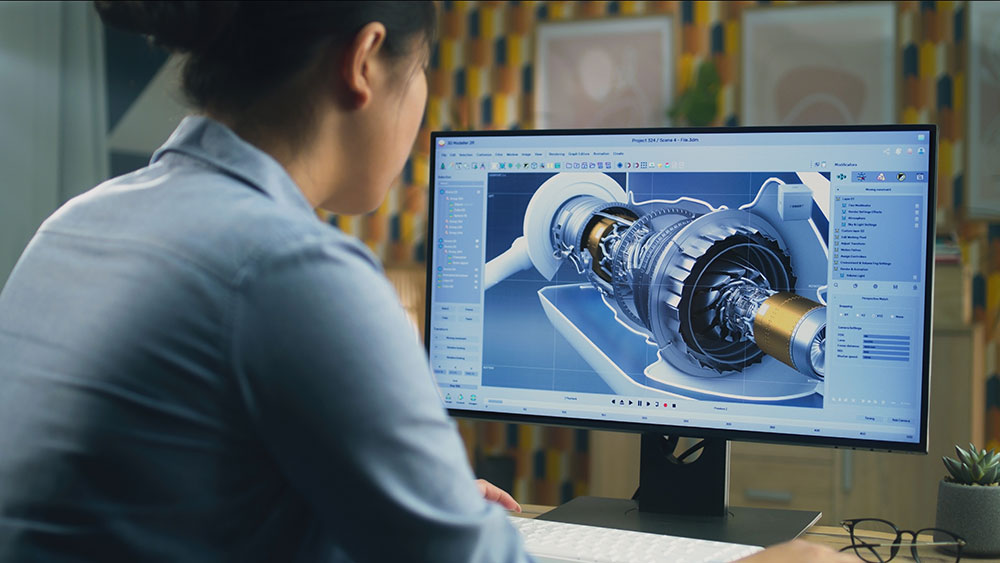A Proof of Concept (POC), crucial for investors seeking insight into a project’s viability and the rationale behind developmental expenditures, serves as tangible evidence of real-world potential. It serves to expose process gaps, offering a critical assessment that justifies the ROI for startups.
Validation of Feasibility: A Proof of Concept (POC) furnishes tangible proof that a project or product is viable, substantiating the rationale behind development costs.
Investor Assurance: Investors often require tangible Proof of Concepts (POCs) as evidence that a startup and its business proposition hold the potential for a substantial Return on Investment (ROI).
Process Optimization: Project managers utilize POCs to pinpoint and rectify process gaps, a strategic move toward ensuring the product’s potential triumph by addressing and overcoming any impediments.

A proof-of-concept (POC) is a small project testing the feasibility of an idea or theory, saving costs by assessing potential success before full development. Conversely, a prototype constitutes a functional model scrutinizing diverse facets of a product—design, usability, and functionality—providing a more expansive evaluation in contrast to the targeted assessment inherent in a POC.

The distinction between a minimum viable product (MVP) and a prototype lies in their functional roles within system models. An MVP stands as a refined, flawless iteration prepared for market deployment. An MVP stands as a refined, flawlessly functional version poised for market entry. Conversely, prototypes serve as imperfect drafts, undergoing testing and user feedback collection pre-final launch.


Irrespective of your choice—be it a POC, a prototype, or an MVP, —always remember that the fate of a project rests upon the shoulders of those who construct it. A dedicated team of adept software developers and testers holds the key. Consider reaching out to Createproto for their expertise and insights.

The MVP vs POC vs prototype debate is fascinating, yet there is no clear winner. Start with a POC to test feasibility, transition to a prototype, and evolve it into an MVP for market delivery.